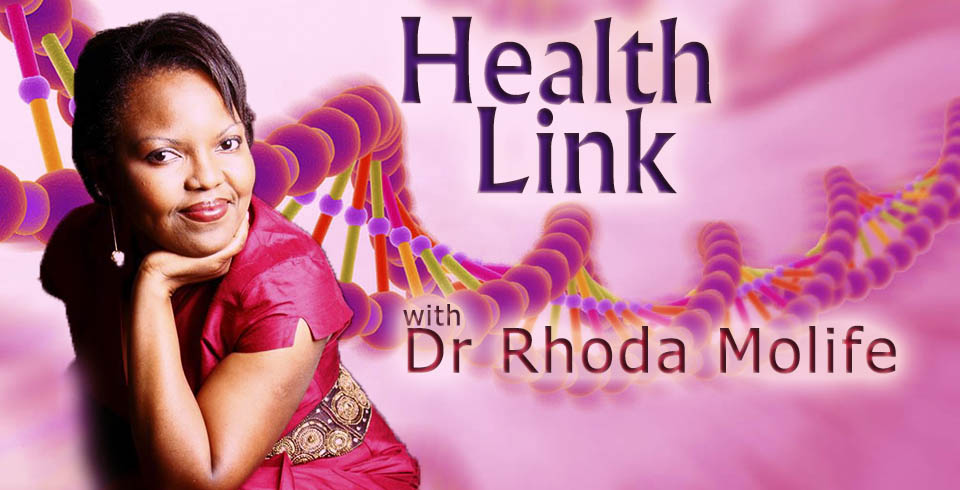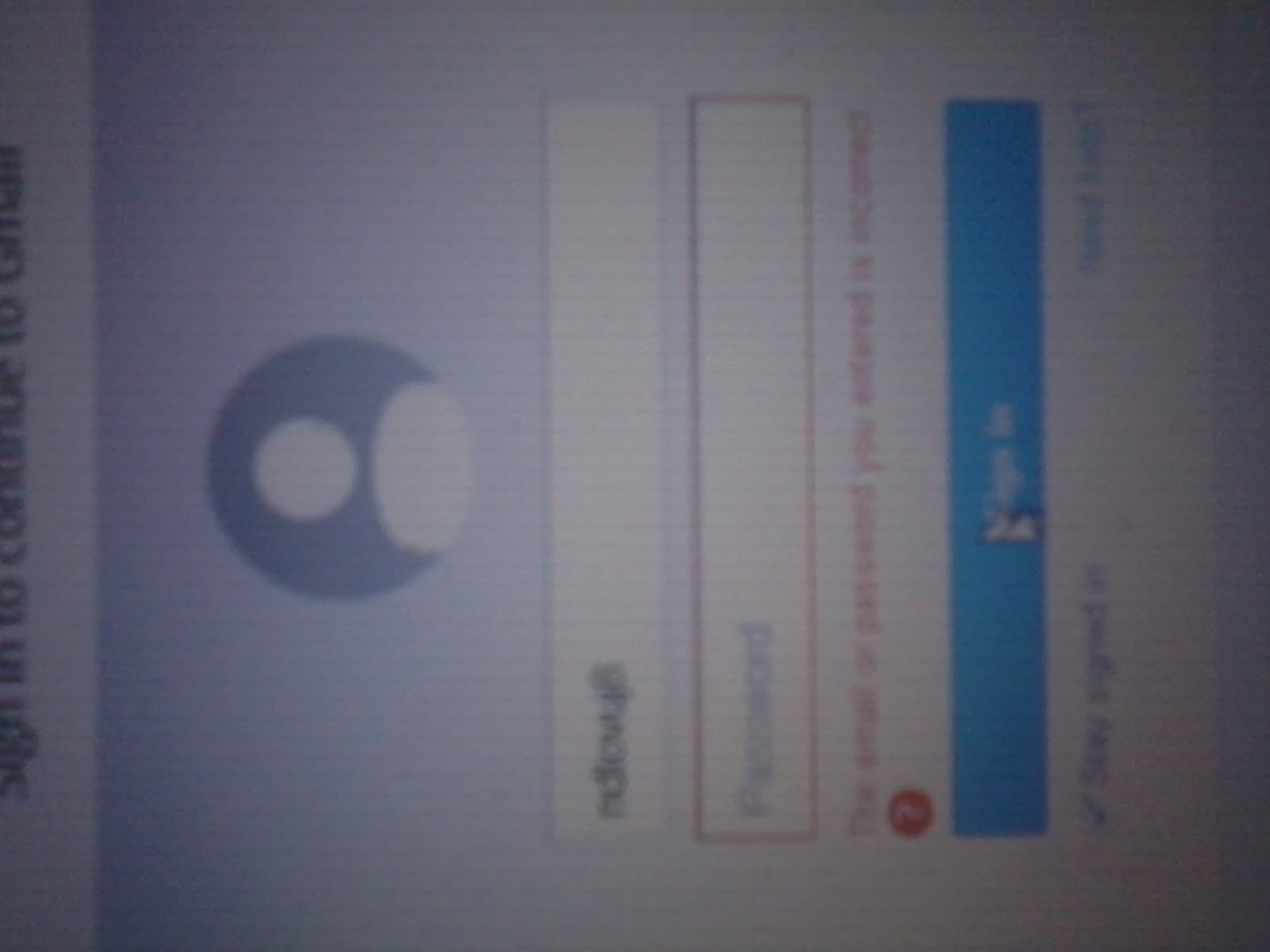There are 3 main types of treatment for cancer – surgery, radiotherapy and chemotherapy. The previous post described surgery and radiotherapy, which are local treatments used to treat cancers confined to one area http://www.zimlink.org/cancer-treated/
In this week’s post, we’ll focus on systemic treatments – treatments that get around the body through the circulation (blood stream) and hit cancer cells that have spread to other parts of the body.
Systemic treatments include:
- Chemotherapy
- Hormonal therapy
- Biological therapy
Chemotherapy
Chemotherapy (shortened to ‘chemo’) uses drugs to kill cancer cells (chemo – chemical or drug; therapy – treatment). So in actual fact, chemotherapy means using any drug to treat any disease, but the word is now mostly used to refer to drugs used to treat cancer. You may also hear these types of drugs called cytotoxic drugs (cyto – cell; toxic – toxicum, poisonous to cells, so drugs that are poisonous to cells).
There are over 50 different types of chemotherapy drugs. They all work by stopping cells from dividing, especially cells that are dividing quickly – and cancer cells divide quickly. Other types of cells that divide quickly are hair and skin cells, and cells lining the gut. This is why some chemotherapy causes hair loss, sore mouth and diarrhea. However, the idea is that normal cells can recover whereas cancer cells can’t recover, and chemotherapy is given in ‘cycles’ where there is a break in-between doses to allow the normal cells to recover.
Most chemotherapy is given in combinations of 2 or more drugs. Different types of cancer generally require different combinations of drugs. Many of these drugs are given as drips and a few as tablets. Chemotherapy can be a tough treatment to go through because of the side effects that depend on the drugs used. Some common side effects are tiredness, hair loss, a feeling of sickness (nausea), vomiting, and diarrhea. It is very easy to prevent and treat these side effects (except tiredness and hair loss, but these recover over a few months after chemotherapy is finished).
Some cancers are cured by chemotherapy, like testicular cancer, some leukemias, lymphomas, and most childhood cancers. However, chemotherapy can control but not cure most adult cancers that have spread to other parts of the body. This is because in the advanced stages of cancer, the cells become resistant to chemotherapy, meaning that they just don’t respond to the drugs.
Hormonal therapy
Hormones are natural substances made by the glands in the body that control how some cells grow. Some cancers, like prostate and breast cancer, are controlled by hormones. Hormonal treatments that reduce the level of these hormones, or that block their growth effect on cancer cells, are used to treat these types of cancers.
Biological or targeted therapies
As explained before, chemotherapy is not just specific for cancer cells; chemotherapy also affects normal cells. Newer treatments called biological or targeted treatments are directed against a specific substance found in higher amounts on cancer cells; these substances are often thought to be the main switch that triggers cancer cells to grow and spread. So if a drug can turn the switch off, the cancer cells stop growing and die – this is what targeted therapies do. Some types of targeted therapies are called:
- Immunotherapy
- Cancer vaccines
- Antibodies
- Tyrosine kinase inhibitors
Generally, targeted therapies don’t affect normal cells as much as chemotherapy, but they still have side effects, which most people cope much better with.
In reality, many cancers are treated with 2 or more treatment types. The different treatments can be given together – like chemo-radiotherapy. For other cancers, the different treatments can be given one after the other – surgery followed by radiotherapy followed by chemotherapy. Other cancers may be best treated with surgery when they first appear, but if they return, then radiotherapy or chemotherapy may be the best treatment option. For some cancers, hormonal treatment is the best, and for other cancers, targeted treatments give the best results. The recommended treatments for any cancer have come about through in depth research through clinical trials. However, the final decision on which treatment to offer someone also bears in mind what a patient wants to do, how fit they are, and how likely they are to cope with the treatment.
If you have any questions or comments, email: health.ed@zimlink.org
















